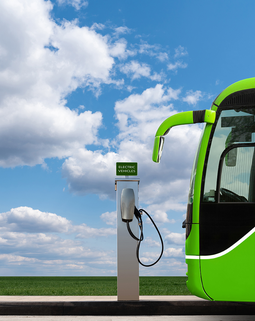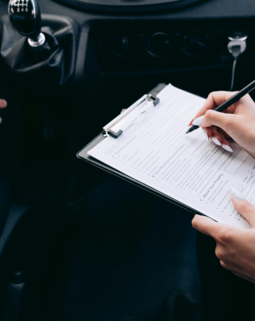Ensuring the safety of your baby during car trips is paramount. As parents, it's crucial to follow best practices to keep your child safe while traveling. Here are some essential tips for making your baby's car journeys safe and worry-free.
Car Safety Rules for Babies
Safety in the car is a top priority when traveling with a baby. Although laws vary by country, there are general principles to follow:
- Secure the Car Seat: Use the seat belt or ISOFIX anchors to secure the baby's car seat, preventing it from moving during sudden stops or accidents.
- Appropriate Seating: Children under 10 must travel in seats suitable for their age, weight, and height.
- Rear-Facing Position: Babies up to 15 months should be seated in a rear-facing position in a suitable car seat.
- No Front Seat: Children under 10 should not be transported in the front seat unless seated rear-facing in an appropriate car seat.
Installing the Car Seat Correctly
To ensure your baby's safety, follow these steps:
- Check the Car Seat: Ensure the seat is properly installed and securely fastened to the car.
- Rear-Facing Position: Place your baby in a rear-facing position until at least 15 months.
- Proper Fit: Use a car seat that matches your baby’s height and weight.
- Belt Positioning: Ensure the seat belt fits snugly and goes between your baby's legs.
- No Unattended Baby: Never leave your baby alone in the car.
- Avoid Heavy Objects: Do not leave toys or heavy objects on the seat.
- Check After Accidents: Ensure your baby is properly restrained in the event of an accident.
Choosing the Right Car Seat
Selecting the right car seat for your baby is crucial. Car seats are divided into three groups:
- Group 0+ Seats: For infants up to 13 kg (around 15 months), often referred to as "cozy" or shell seats, installed rear-facing.
- Group 1 Seats: For children between 9 and 18 kg (up to 4 years), these seats can be installed forward or rear-facing.
- Group 2 Seats: For children weighing 15 to 25 kg, available as booster seats with integrated harnesses or with traditional seat belts.
Additional Safety Measures
- Use Additional Cushions: Cushions can reinforce protection by absorbing shocks and protecting against side impacts.
- Regular Maintenance: Ensure the car seat and its components are in good condition and compliant with European standards (E-mark and R129 standard).
Tips for Long Journeys
- Keep the Family Entertained: Plan activities and breaks to keep everyone engaged and comfortable during long trips.
- Stay Informed: Familiarize yourself with the car seat’s technical characteristics and follow the manufacturer’s guidelines for proper use.
Conclusion
By following these tips and using the right equipment, you can ensure your baby's safety during car journeys. Always prioritize proper installation and adherence to safety standards to provide the best protection for your child.
Original Article:





